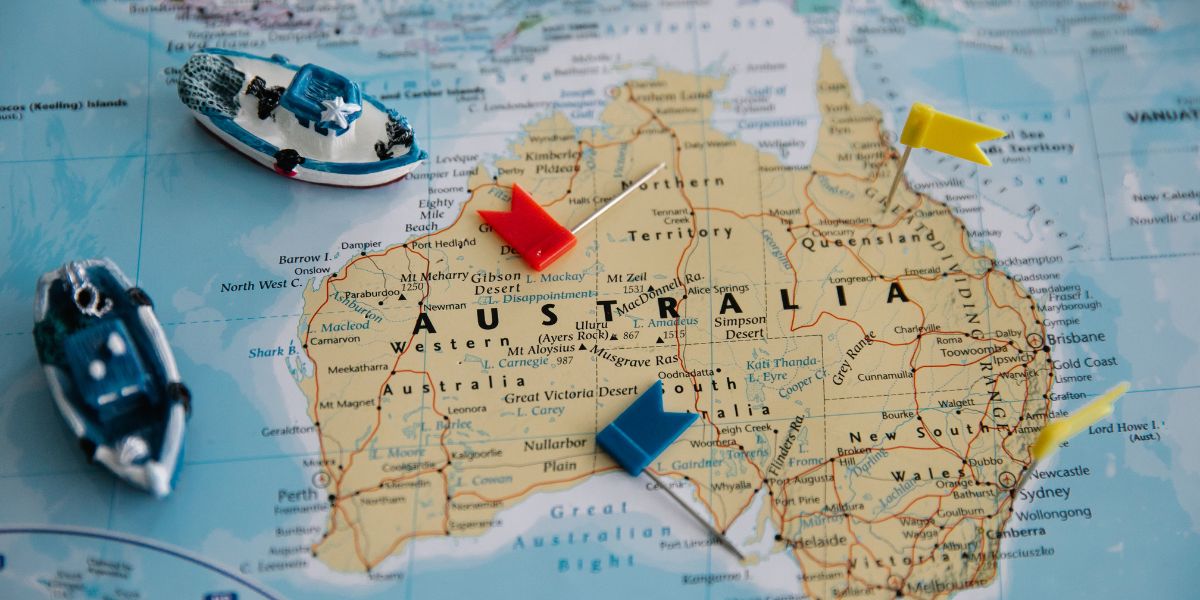Australia, with its diverse climates and geographic variations, is a land of contrasts. From the tropical north to the temperate south, the question of mycotoxin contamination becomes particularly intriguing.
Are there specific regions where the threat of indoor mycotoxin contamination looms larger? Let’s delve into this complex issue, dissecting the geographic nuances and environmental factors contributing to the prevalence of mycotoxins in Australian homes.

1. Tropical and Subtropical Zones:
In the far north of Australia, tropical and subtropical regions boast lush landscapes and high humidity levels. This climatic backdrop provides an ideal breeding ground for mould, the primary source of mycotoxins.
With warm temperatures and consistent humidity, areas like Queensland and northern Western Australia face an increased risk of indoor mycotoxin contamination. Homeowners in these regions must be especially vigilant due to the conducive conditions promoting fungal growth.
2. Coastal Areas:
Coastal regions, with their proximity to the ocean and often higher humidity levels, present another set of challenges. Along Australia’s extensive coastline, cities such as Sydney, Melbourne, and Brisbane may experience increased indoor mycotoxin contamination risks.
The combination of coastal moisture and urban development creates an environment where mould can thrive, potentially leading to mycotoxin issues in homes and buildings.
3. High-Rainfall Zones:
Certain areas in Australia, particularly those with high annual rainfall, face unique challenges regarding indoor mycotoxin contamination.
Regions like the North Coast of New South Wales and parts of Tasmania experience significant precipitation, creating conditions conducive to mould growth. Excessive moisture from heavy rainfall can infiltrate buildings, leading to damp environments that foster the development of mycotoxin-producing fungi.
4. Urban Environments:
Australia’s urban centres, characterised by high population density and extensive infrastructure, are not exempt from the mycotoxin conundrum. Urban areas often face challenges related to building construction, ventilation, and maintenance—all factors influencing indoor air quality. With their mix of older and newer buildings, cities like Sydney and Melbourne may encounter mycotoxin issues stemming from inadequate ventilation and aging infrastructures.
5. Flood-Prone Regions:
Australia’s susceptibility to extreme weather events, including floods, adds another layer to the mycotoxin puzzle. In the aftermath of such events, regions prone to flooding, such as parts of Queensland and the Northern Territory, may experience heightened risks of indoor mycotoxin contamination. Floodwaters can infiltrate buildings, leaving a damp environment that fosters mould growth and mycotoxin production.
6. Arid and Semi-Arid Zones:
While arid and semi-arid regions in Australia may not face the same humidity level as tropical areas, they are not immune to mycotoxin challenges. Inland areas, such as the Outback and parts of South Australia, experience dry conditions that can lead to dust accumulation. Dust can harbour mould spores, and indoor environments may contribute to mycotoxin issues if not properly managed.
7. Factors Influencing Indoor Mycotoxin Contamination:
Understanding the geographic distribution of mycotoxin contamination requires a closer look at the factors influencing indoor environments:
- Building Materials: The types of materials used in construction play a crucial role. Homes and buildings constructed with materials prone to moisture absorption may be more susceptible to mycotoxin issues.
- Ventilation Practices: Inadequate ventilation is a common culprit in mycotoxin problems. Poorly ventilated spaces, common in certain regions or building types, create stagnant air that promotes mould growth.
- Maintenance Standards: The age and maintenance of structures matter. Older buildings may have hidden issues that contribute to mycotoxin contamination if not properly maintained.
- Water Intrusion Events: Regions prone to storms, cyclones, or heavy rainfall are at a higher risk of water intrusion. Water damage, if not promptly addressed, can lead to mycotoxin issues.
8. Mitigation Strategies:
Regardless of the region, homeowners and occupants can implement strategies to mitigate the risk of indoor mycotoxin contamination:
- Regular Inspections: Conduct routine inspections for signs of mould, especially after extreme weather events or during seasons with elevated humidity.
- Moisture Management: Implement effective moisture management practices, including addressing leaks, improving ventilation, and using moisture-resistant building materials.
- Professional Testing: In regions with a heightened risk of mycotoxin-producing fungi, indoor air quality testing can provide valuable insights. Experts like Jason Chapple and Graham Singleton from Air Quality Australia can employ advanced testing methods to detect the presence and concentration of mycotoxins.

Tailoring Solutions to Regional Realities
Australia’s mycotoxin landscape is diverse, shaped by the intricate interplay of climate, geography, and human activities. While certain regions may face a higher risk of indoor contamination, it’s essential to recognise that mycotoxins can be a concern nationwide.
Tailoring solutions to regional realities, from implementing moisture management strategies to seeking professional testing services, empowers homeowners and occupants to create healthier indoor environments. In navigating the varied challenges posed by Australia’s geography, proactive measures become the cornerstone of mycotoxin prevention.
By staying informed, adopting best practices for building maintenance, and enlisting the expertise of professionals when needed, Australians can strike a balance between their unique regional contexts and the universal goal of fostering indoor spaces that promote well-being.

